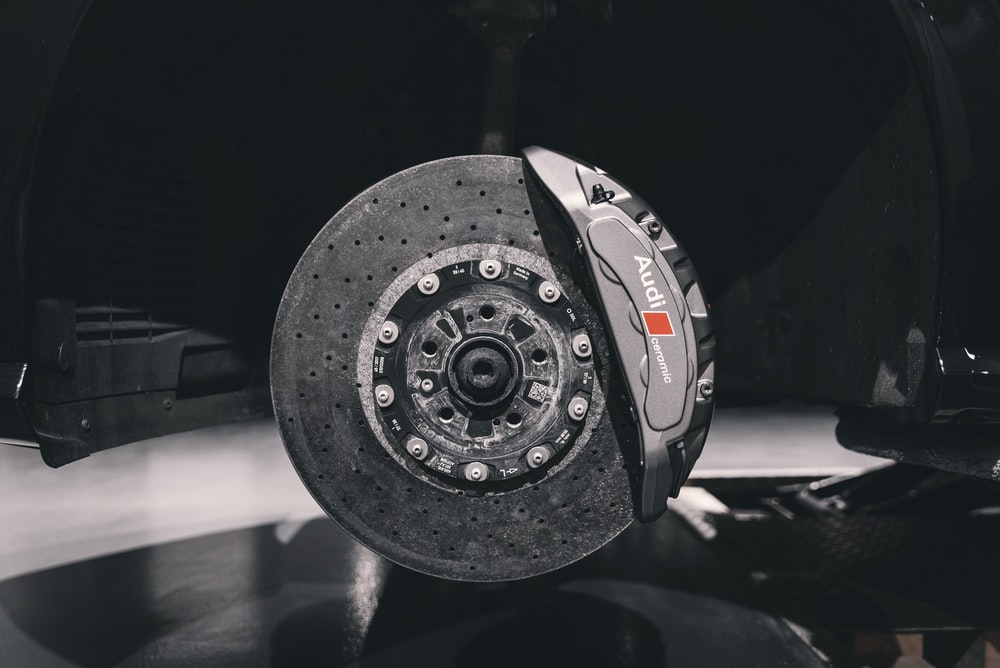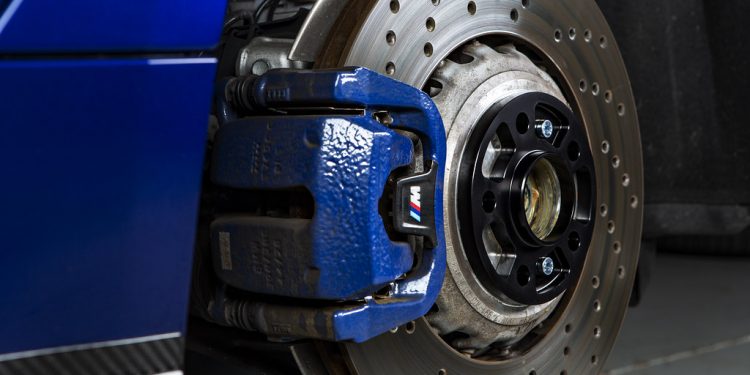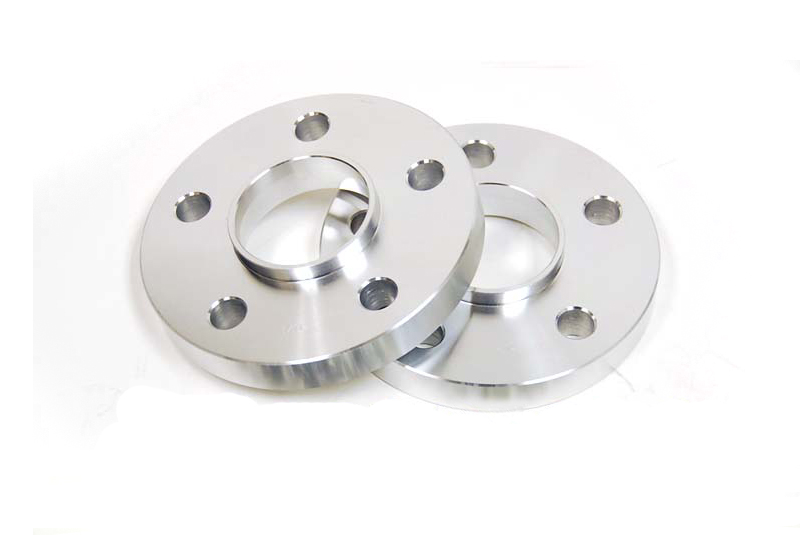They’re discs that sit between the wheels and rotors, making it easier to turn the vehicle. Installing wheel spacers expands the vehicle’s track by increasing the offset of the wheels. Even if you don’t adjust the tire size, this will improve your vehicle’s handling. You can get wheel spacers that are only 3mm thick, all the way up to ones that are 23mm thick.
Shop All Wheel Spacers Here
How to Measure for Wheel Spacers
Step 1: Determine your vehicle’s wheel gap.
To measure the wheel gap, you need to know how far apart your fender lip and the outer edge of your wheels are. Wheel spacers up to and including 12mm will not rub.
Step 2: Measure your vehicle’s PCD and CB.
The diameter of an imaginary circle created by the centers of the wheel lugs is what is meant by the bolt pattern (PCD), which is, for example, “5112 mm.” For example, “66.5 mm” is the diameter of the center bore (CB) of a vehicle hub and wheel.
Step 3: Determine your vehicle’s thread pitch.
Make sure that the bolts’ threads are compatible with the threads on your car. You should choose spacers with M14x1.5 bolts if your vehicle uses M14x1.5 bolts. Thread length should equal the thread length of standard bolts plus any additional spacer thickness if you require longer bolts.
How to Accurately Estimate the Required Amount of Wheel Spacer

Depending on your personal preferences, the thickness of your spacer may need to be adjusted. Make an educated estimate about how much farther out the wheel needs to sit by measuring the wheel/tire combination yourself. Another option is to buy spacers of varying thickness, do a series of test fits, and then use just the ones that work. This may be accomplished by using washers purchased from a local hardware store.
To fit over a 5-inch bolt, you need a 5-inch washer with a 5-inch inner diameter. There is little room for error in the washer’s inner diameter. Between 1/16 and 3/16 of an inch, washer thicknesses range.
Some 5-bolt wheels need as many as eight washers per stud. The price of a package of 50 5/16 washers should not exceed $6.00. We suggest utilizing washers of the same diameter and thickness in this experiment to get the best results.
- Assuming You Have Lug Nuts on Your Car
How much space do you need? One specialist claimed 1-3 millimeters; several others stated the same. Add just one more washer at a time to each stud if you want more space. The clearance won’t alter if the wheel is fastened to the correct torque. Wheel/caliper clearance is quite essential!
To guarantee good alignment, you must have enough space on both sides of the wheel/tire combination. Once you’ve figured out the thickness of the washers on each stud and taken off the wheel, you can figure out how far apart the studs are from one another. This is the wheel spacer size you’ll need. Adding spacers to clear caliper interference will push the wheel closer to the fender.
- Assuming Your Car Is Equipped With Lug Bolts
All-wheel bolts should be passed through the wheel before being reinstalled with washers on the backside of the wheel. If you don’t want washers to fall off the bolts, you must maintain the wheel vertically aligned when installing it. Take a measurement of one wheel bolt’s overall washer thickness after you’re satisfied with the fit.
- Thread Engagement
This relates to how many threads are covered or engaged during installation. “Thread engagement” If the bolt or nut is involved, it should revolve between 6.5 and 8 revolutions. Full thread engagement may be impeded by using any spacer thicker than 1-2mm (0.04″-0.08″).
When lug studs are just a little too short, extra thread lug nuts are a frequent solution. Remember that the wheel’s lughole must be large enough to accept the ET lug nuts. Another option is using an adaptor with its own studs or threaded holes. Verify that your wheels are mounted firmly and correctly.





